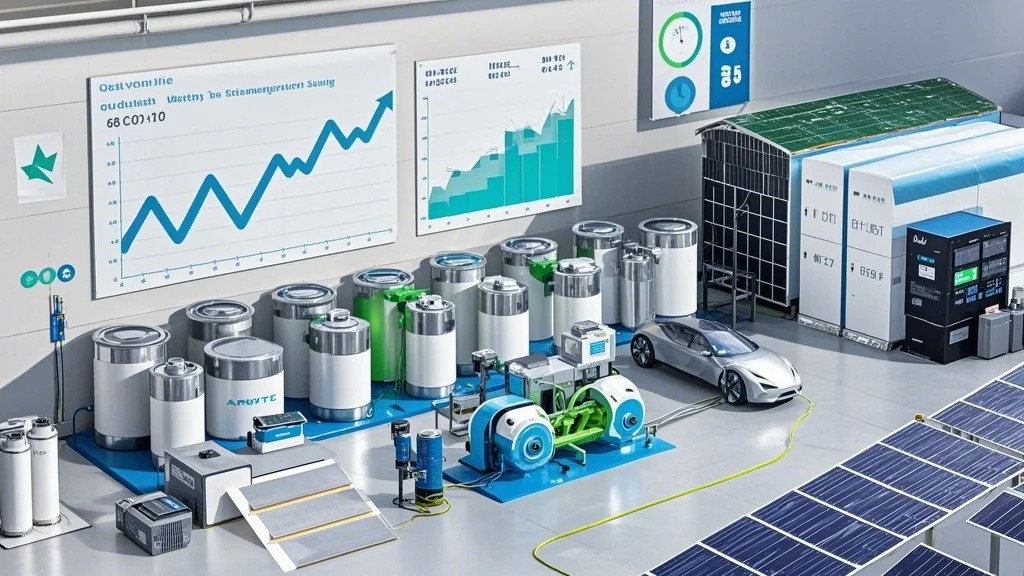






Essential Knowledge for Learning to Install Energy Storage Batteries
Essential Knowledge for Learning to Install Energy Storage Batteries
In recent years, energy storage batteries have become a vital component in renewable energy systems, enabling households and businesses to store excess energy generated by solar panels or wind turbines for later use. For those looking to step into the growing field of energy storage solutions, mastering the fundamentals of battery installation is critical.
Installing energy storage batteries safely and efficiently requires a blend of theoretical knowledge and practical skills. Here, we outline the must-know areas for anyone seeking to learn this essential craft.
Understanding Battery Technologies
The first step is gaining a thorough understanding of different types of energy storage batteries, such as Lithium iron phosphate (LiFePO4 Batteries), lithium-ion, and lead-acid batteries. Among these, LiFePO4 batteries are becoming the industry standard due to their superior safety, longer lifespan, and high energy density. Learning about their chemical composition, performance metrics, and ideal applications is key to choosing the right battery for a project.
Safety Precautions
Energy storage systems operate at high voltages, which can pose safety hazards if not handled properly. Students and technicians must be well-versed in safety guidelines, including wearing appropriate personal protective equipment (PPE), following electrical codes, and identifying potential risks such as thermal runaway or short circuits. Familiarity with fire suppression methods and emergency protocols is also essential.
Electrical System Integration
Installing energy storage batteries involves integrating them with existing electrical systems, such as solar panels, inverters, and utility grids. This requires an understanding of electrical wiring, circuit diagrams, and system design principles. Knowing how to connect batteries in series or parallel to achieve the desired voltage and capacity is a crucial skill.
Regulatory Compliance
As energy storage systems are governed by local and national regulations, installers must ensure their work complies with codes such as the National Electrical Code (NEC) in the United States. Learning about permits, inspection processes, and grid interconnection requirements is a necessary step in becoming a professional installer.
Hands-on Training
Practical experience is indispensable when learning to install energy storage batteries. Enrolling in workshops, apprenticeships, or certification programs can provide learners with hands-on training to build confidence and competence. Many manufacturers, including YABO Power, offer technical support and training to ensure their batteries are installed correctly.
The Role of Technology
Modern energy storage systems often include smart features such as remote monitoring, cloud-based management, and integration with smart home systems. Familiarity with these technologies enables installers to provide more advanced solutions to customers.
As the demand for energy storage continues to grow, acquiring the necessary knowledge and skills to install these systems is not only a career opportunity but also a contribution to a more sustainable future. For those eager to join this field, mastering the essentials outlined above is the first step toward success.









